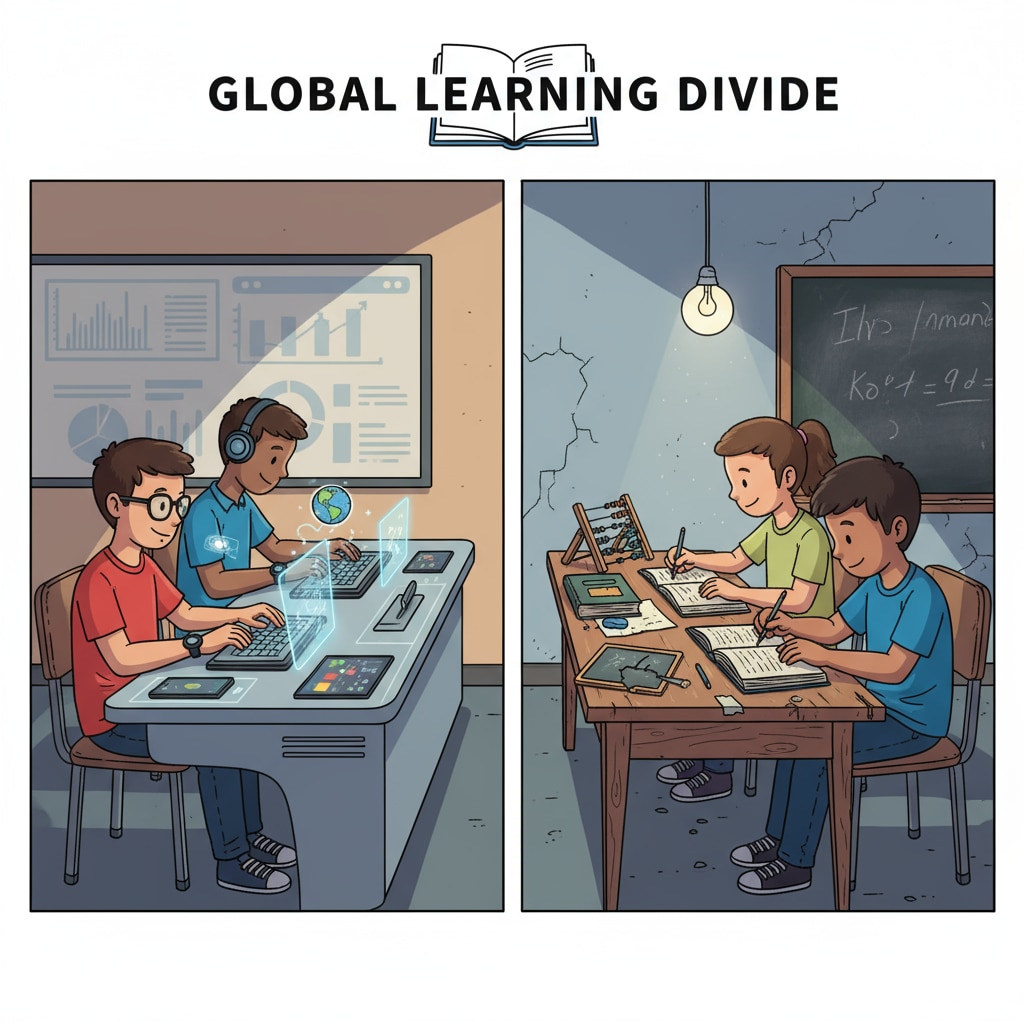The U.S. education system has long been regarded as a cornerstone of opportunity, yet it functions as a powerful tool for social screening and class differentiation. From the moment a child enters school, the system begins to sort and categorize students, often based on their socioeconomic background. This process not only affects individual educational outcomes but also perpetuates broader social inequalities.

The Role of Resource Allocation
One of the most significant ways the U.S. education system reinforces class differentiation is through unequal resource allocation. Schools in affluent neighborhoods typically receive more funding, better facilities, and highly qualified teachers. For example, schools in wealthy areas may have state – of – the – art science labs, extensive libraries, and a wide range of extracurricular activities. On the contrary, schools in low – income communities often struggle with overcrowded classrooms, outdated textbooks, and a lack of basic resources. This disparity in resources means that students from disadvantaged backgrounds start at a significant disadvantage. As a result, they are less likely to achieve at the same level as their more privileged peers, further entrenching class differences. School funding issues on Education Week

Standardized Testing: A Double – Edged Sword
Standardized testing is another aspect of the U.S. education system that contributes to social screening. These tests are designed to measure students’ knowledge and skills, but in reality, they often reflect a student’s socioeconomic status. Students from more educated and wealthy families are more likely to have access to test preparation resources, tutoring, and a home environment that supports learning. In contrast, students from low – income families may lack these advantages. High – stakes standardized tests can then be used to sort students into different tracks, such as college – preparatory or vocational programs. This sorting can limit the educational opportunities of students from disadvantaged backgrounds, as they may be funneled into lower – level programs, reinforcing class divisions. Standardized testing on Britannica
The U.S. education system’s role in social screening and class differentiation is a complex issue. By addressing the problems of unequal resource allocation and the flaws in standardized testing, society can take steps towards creating a more equitable educational environment. Only then can the education system truly serve as a vehicle for upward mobility rather than a mechanism for perpetuating class differences.
Readability guidance: Short paragraphs and lists are used to summarize key points. Each H2 has a related list or explanation. The proportion of passive voice and long sentences is controlled, and transition words are added throughout the text.


